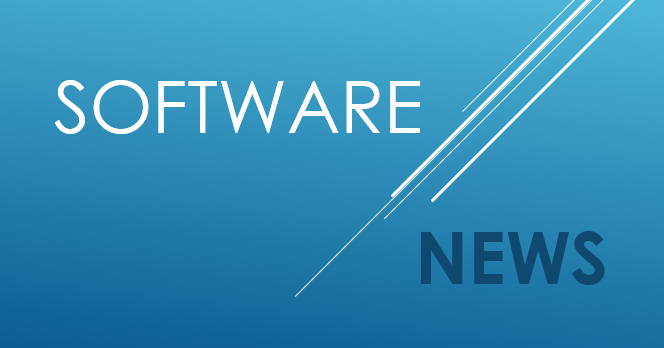Recent Developments in Autodesk Licensing and Audits, Part I

Autodesk introduced subscription plans in 2016 and shortly thereafter, began to phase out perpetual licenses. However, many perpetual users were able to continue upgrading to the newest version of Autodesk products if they had an active maintenance plan. Last month, Autodesk terminated its maintenance program, officially ending all support for perpetual licenses in an effort to convert its remaining users to subscription licenses.
Prior versions of the license agreements allowed customers that were on maintenance and support to use the current perpetual license and a limited number of previous versions of the same product (e.g., 2017 licensees could use 2014-2016 products as long as they were current on maintenance and support). Now that support and maintenance has officially expired, customers are no longer legally able to access previous versions of perpetual software.
The Impact of Maintenance Ending
The most significant impact of Autodesk ending maintenance on all perpetual licenses is the ability to upgrade and/or use previous versions. Some Autodesk customers use multiple previous versions of products in order to facilitate work with clients that use older versions to avoid compatibility issues. However, the Terms of Use requires customers to immediately uninstall all previous versions except the most recent version of the product installed on the date maintenance ends. This means that if the most recent version installed when maintenance expires is 2021, then that is the only version the end user may continue to legally use without incurring potential copyright infringement damages.
It is important to note that the end of maintenance for a perpetual license is completely different from the ending of a subscription license. When a subscription (non-perpetual) license expires or is terminated, the end user must delete all versions of Autodesk products installed during the subscription.
Losing Perpetual Licenses to Subscriptions
Autodesk’s sales teams send offers to convert customers with perpetual licenses to subscriptions. By giving up the perpetual license, the end user owns no Autodesk licenses going forward, and must maintain active subscriptions for all products in order to legally use Autodesk products.
This is important because some customers do not fully understand that they cannot use their original perpetual licenses again if they discontinue their subscription plans at any time in the future. Autodesk is dispensing with serial numbers altogether during this conversion, so perpetual licenses cannot be recovered.
Autodesk to End Users: Convert to Subscription Plan or Face Audit
Autodesk’s push to migrate to subscription-only licensing has made it difficult for end users who prefer to own an Autodesk license rather than rent it. Generally, there has been an uptick in Autodesk audits originating from Autodesk’s in-house compliance team following unsuccessful attempts to convert a perpetual user to a subscriber.
If the compliance team discovers non-compliance with the license terms as a result of the audit, the end user is required to uninstall any improperly or unlicensed software and purchase subscriptions for those products.
This process differs if initiated by Autodesk’s outside counsel or an entity such as BSA| The Software Alliance, which require unlicensed users to pay damages for copyright infringement and do not offer replacement software as part of settlement. See Part II of II for details related to Autodesk Audits.





